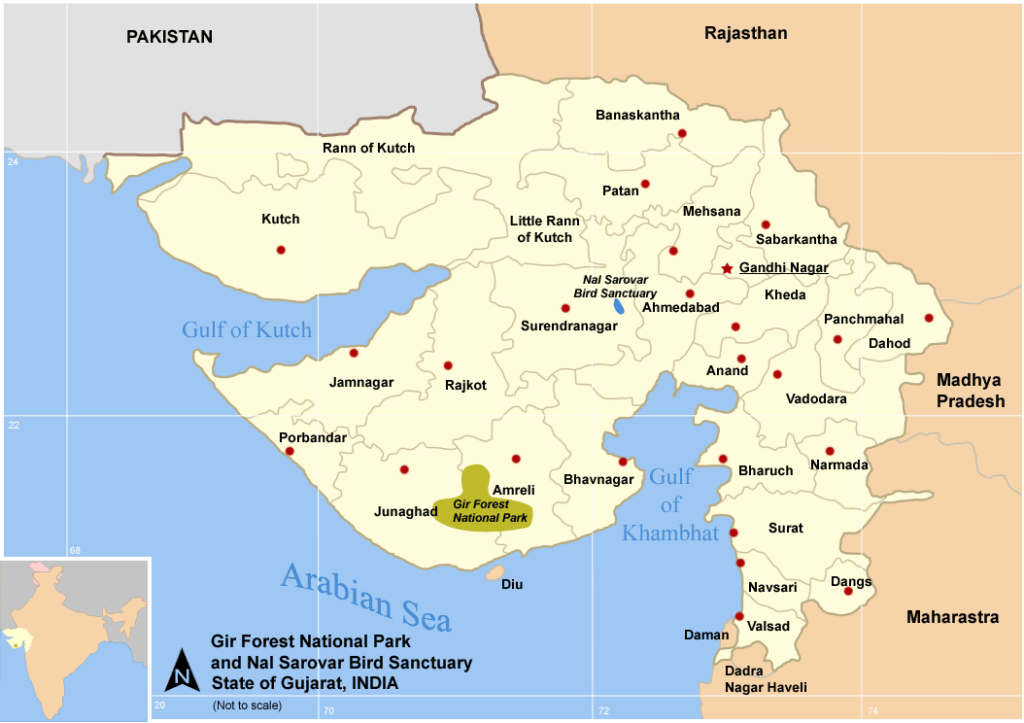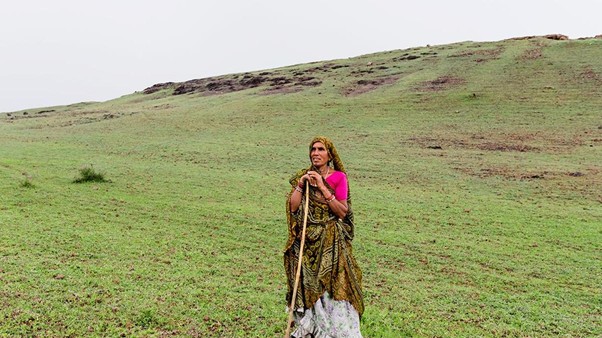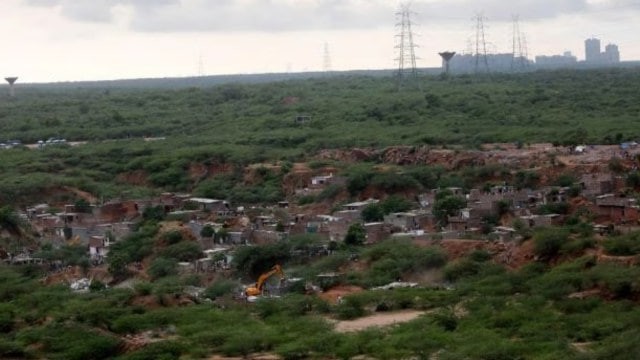




Disclaimer: Copyright infringement not intended.


|
About Barda Wildlife Sanctuary: ● Barda Wildlife Sanctuary is situated in Gujarat. ● It shows 2 rivers the Bileshvary River & the Joghri River along with 2 dams Khambala & Fodara. ● Ethnic groups like the Maldharis, Bharvads, Rabaris, & Gadhvis live in this area. ● In 1979, the state government launched the Gir Barda Project to make Barda a 2nd home for the Asiatic lion. Key Facts about Asiatic Lions: The Asiatic lion is scientifically known as Panthera leo persica. It is native to the Gir landscape of Gujarat. It is one of 5 pantherine cats found in India. Conservation Status: ● It was an Endangered on the IUCN Red List. But the IUCN has revised the Asiatic lion status to vulnerable in 2024 ● The Wildlife (Protection) Act 1972: Schedule I ● CITES: Appendix I |
Source: DTE
|
Practice Question Q. What is the primary purpose of the IUCN Green Status assessment? A) To evaluate a species’ extinction risk B) To assess the species' ecological functionality and recovery success C) To monitor illegal poaching activities D) To calculate the population growth rate of a species Answer: B) To assess the species' ecological functionality and recovery success Explanation: The IUCN Green Status assessment aims to provide a comprehensive view of a species' conservation progress. It is focusing on ecological functionality & recovery not just extinction risks. |







© 2025 iasgyan. All right reserved